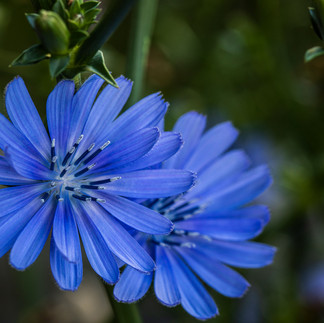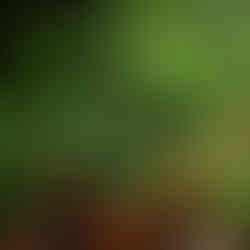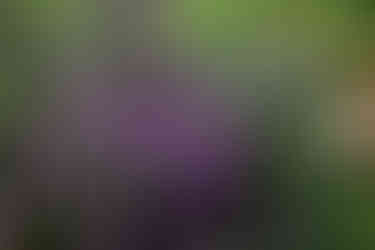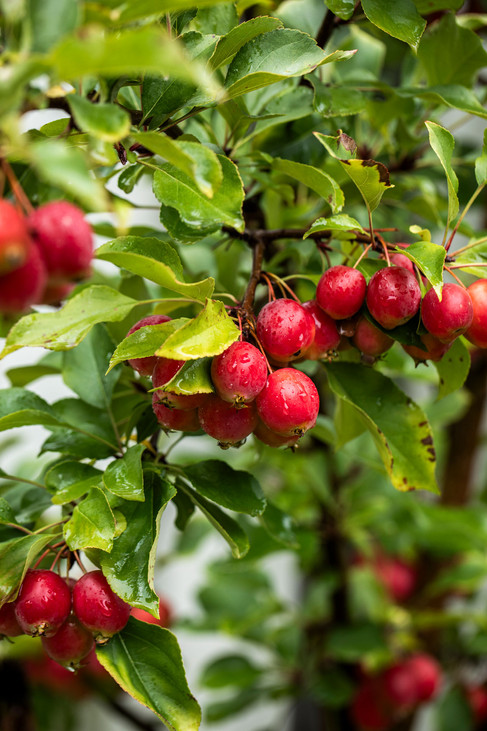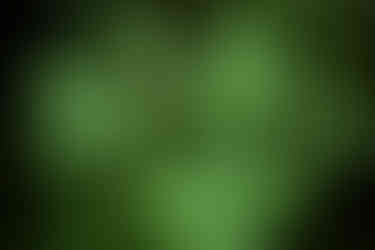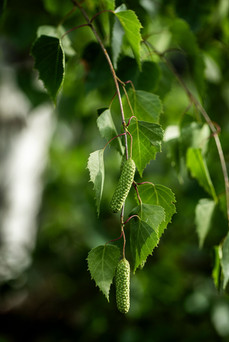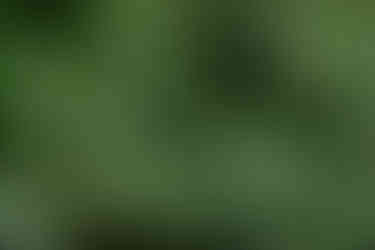Starting a Food Forest Garden
- Annemarie Bolduc

- Sep 21
- 4 min read
From Boreal berries to bush tucker spices: cultivating a forest-inspired kitchen garden.

I have always been enchanted by forests, even when they frightened me. As a child and teenager, the woods were a playground. Later, as a young adult, my friends and I were “outdoor freaks,” camping and hiking in the mountains almost every weekend. From Québec to the western provinces, those adventures remain unforgettable. Now, living in the High Country of New South Wales, I’m just as captivated by the native flora and fauna. Here in Australia, the forest is called the “bush,” and in the bush, your senses awaken immediately to its sights, sounds, and scents. These landscapes also hide many edible treasures, though little was widely known about this forgotten wild pantry until recently. Back in Canada, my knowledge of Boreal forest foods extended mainly to wild berries, fiddleheads, spruce essence, and, of course, maple syrup. But thanks to the bushfood revival I've been discovering in Australia, my curiosity about the wild flavours has grown deeper.

As I explored Canadian and Australian cuisines more deeply, Indigenous foods and flavours became especially intriguing. I didn’t grow up with much knowledge of Indigenous food culture, but I wish I had. In Australia, my curiosity about bush food led me to discover bush spices and tucker cookbooks. Later, on a visit to Québec, I was amazed to see how Boreal forest cuisine had blossomed in my absence. Workshops, cookbooks, and products were everywhere. I returned with treasures: forest gin, wild teas and aromatics, dried mushrooms, spruce sodas, Balsam fir honey, and of course, maple and birch syrups to experiment with. It may sound like a new trend, yet in truth, these are the oldest ingredients, long valued by Indigenous peoples for both food and medicine.
A forest in my garden • Photography © Bottle and Brush Studio
Foraging in the wild may not be suitable for everyone, and it requires both knowledge and caution. You need to know exactly what you’re picking, harvest responsibly, and ideally learn from books, workshops, or experienced guides. Fortunately, many groups and educators now make this knowledge more accessible. Another approach is to bring the forest closer: shop at local nurseries for edible wild cultivars that suit your climate, or let naturalised plants take root in your backyard. Over time, you can grow a bush–forest food garden of your own. It may take patience, but the rewards are worth it. Here’s a glimpse into my little bicultural garden of native foods and flavours, all in progress.
Australian native plants in our cool-climate garden • Photography © Bottle and Brush Studio
AUSTRAL & BUSH TUCKER
Our Australian backyard is quite an eclectic botanical garden. In Tumbarumba, our quarter-acre was already filled with diverse trees and ornamentals when we moved in, but almost no natives apart from a big bottlebrush at the front. Since then, along with my new fruit and veggie patches, I’ve added a few native shrubs for the birds and bees, with some bush tucker perennials suited to a cool-climate garden. Mountain pepper (Tasmanian pepperberry), native oregano, and a finger lime tree that produces caviar-like citrus pearls shaped like fingers are now part of the mix. Each summer, I sowed warrigal greens (New Zealand spinach) until they naturalised in a rockery, where they’re now more than welcome to spread. I love them even more than regular spinach! I’ve also experimented with other edible natives like a wattleseed acacia, native raspberry, and a few culinary herbs. Our hard winter frosts mean many bush plants don’t thrive, so for those I can’t grow, but source dried spices and herbs from Indigenous bushfood shops. Being in a cool-climate zone has its advantages, though, as I can also grow some of my favourite Canadian cultivars (or similar).
Forest berries in the backyard • Photography © Bottle and Brush Studio
BOREAL & MIXED FOREST
In my Australian backyard, I’ve managed to grow many forest berries like elderberry, blueberry, raspberry, blackberry, and strawberries, including Alpine (or field) strawberries, just like the ones I picked in the woods as a child. A Saskatoon berry is still establishing, but coming along nicely. Wild violets, already carpeting the rockeries, provide a lovely ground cover and the first edible blooms of spring to decorate plates. Many common flowering trees and so-called weeds - lilac, crabapple, dandelion, purslane, yellow woodsorrel, chicory, tansy, yarrow, sedum and more - are also part of the edible greens and flowers of Québec’s Boreal and mixed forests, and they’ve naturalised well in my Australian garden. In the Snowy Valleys, we’re surrounded by timber pine plantations, which means that Northern Hemisphere conifers are suitable in this climate. I have cedar, pine, spruce, fir, and juniper trees. A particularly rare in Australia and meaningful find for me was a Balsam fir - the king of Québec’s Boreal forests, our fragrant Christmas tree, cherished for its medicinal virtues and aromatic needles (especially the tender spring tips that can be used fresh or dried in cooking just like rosemary). I also have a black spruce that is used for brewing in Canada. And of course, a sugar maple growing in a pot until I can find the right spot for it. I won’t be able to tap my maple and birch trees for sap and syrup here (winters are not cold and snowy enough!), but they still offer other edible uses and ornamental beauty.
Mixed forest (conifer and deciduous) garden • Photography © Bottle and Brush Studio
I'm sure I leave you with many questions, as I did not elaborate on all plants and their use, but I promise you more stories coming up in these subjects, from forest foraging, gin making, cooking with woodland flavours and more. My upcoming cookbook will feature a chapter on forest food filled with photography, tips, discoveries and delicious recipes. Many of these plants have been used as props for my book photography to reproduce Canadian forest and wild ingredients. Follow Snowy Foodie and join my newsletter to keep exploring!
Boreal-style food photography made in my home-garden studio in Australia • Photography © Bottle and Brush Studio



